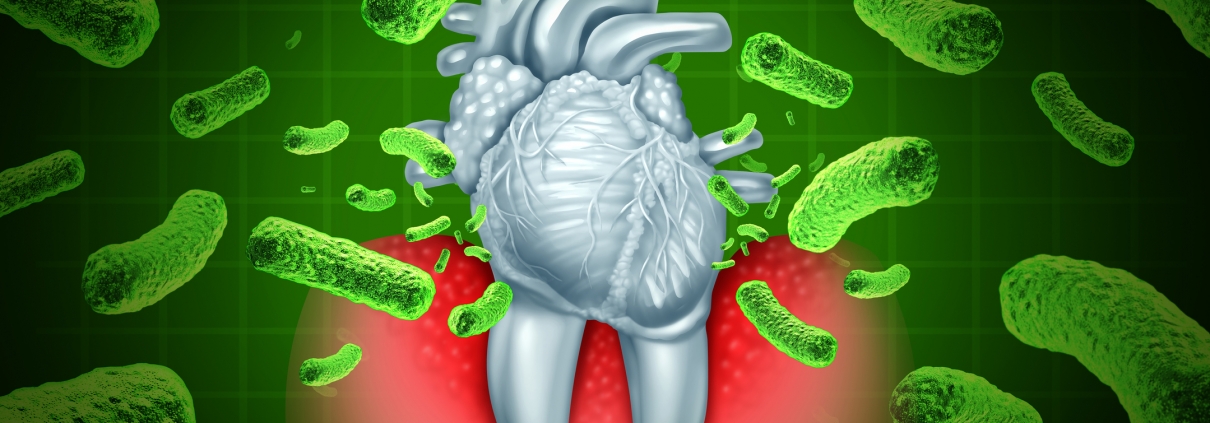Implant placement and its effect on beauty
In addition to the effect it has on improving the quality of life, dental implant placement has a great effect on the face and beauty. Implants, like natural teeth, can restore beauty to the face and increase self-confidence in people. There are different methods for treating toothlessness, such as implanting artificial teeth, etc., but implanting is lifelong and does not have the problems of artificial teeth.
The base of the implant is implanted inside the jaw bone and then the crown is placed on it, so it is firmly in place like a natural tooth and brings their beauty, even it is possible for some people to have an implant from their own natural teeth. It also looks more beautiful. Today, implant placement has a success rate of 92-98%.
The effect of implants on the face
Implant placement can have many effects on the face and beauty of the face, the jawbones are for supporting the teeth, when there is no tooth in the bone, the bones gradually weaken and become smaller, and finally the face becomes shorter and tighter. It becomes wet and the lips become shriveled because there are no teeth to support them and the lower part of the face becomes wrinkled.
Toothlessness changes the vertical distance of occlusion in your face and makes your face shorter. As mentioned, tooth loss and toothlessness lead to a decrease in facial height. To prevent toothlessness, apart from maintaining oral hygiene, try to visit the dentist regularly so that if you have a decayed tooth, it will be treated. .
When the implant is implanted, the jawbones begin to support it and the bone surface is maintained around the implant. In fact, this is one of the advantages of the implant, which allows the jaw bone to be preserved, and if you intend to use artificial teeth, the implant also helps to stabilize it and is a strong support to maintain the facial muscles, in fact, the implant can be Literally like a natural tooth.
First of all, in order to see the effect of the implant on your face, it is necessary to visit a dentist who has enough experience in implant implantation to perform all the steps correctly, because if the implant is not implanted correctly, it is possible that the implantation is inevitable. it will fail and then it will bring many problems.
Among the advantages of implants, the following can be mentioned:
long life
Dental implants can be used for life.
Preservation of bone
Implant placement causes bone retention and prevents its degeneration.
increasing the self confidence
Because of its beauty, the implant is like a natural tooth and increases self-confidence.
Talking and eating comfortably
After the implantation of the implant, you can easily speak without anything disturbing you, and after completing the full course of treatment, you can easily eat any food and you will not have any problems in this field.











